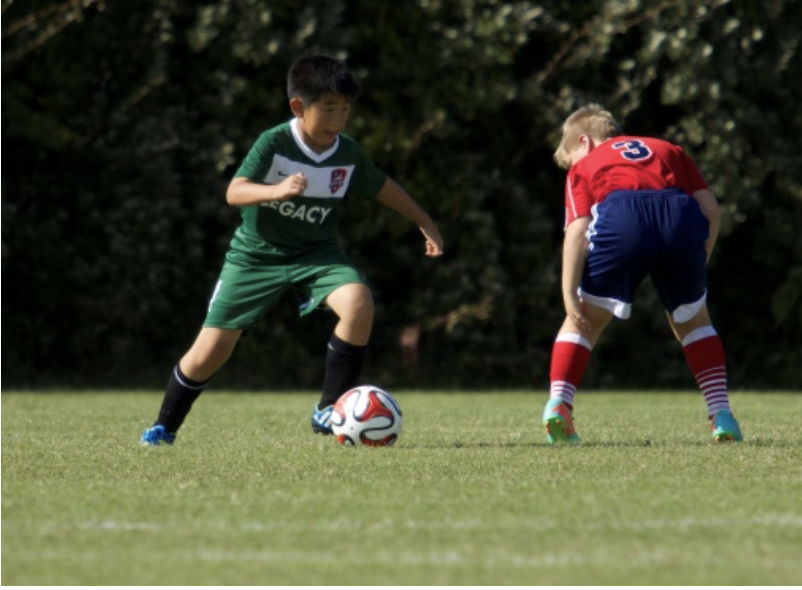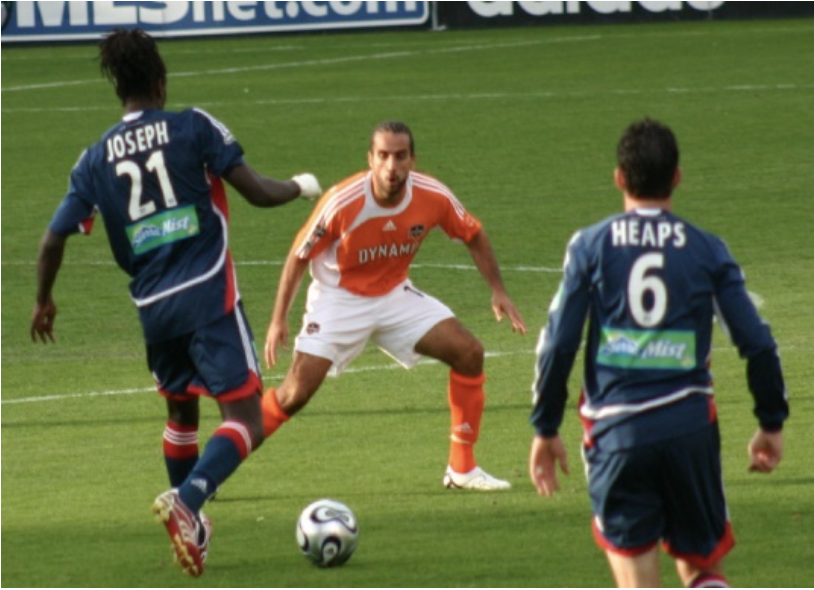Different working conditions


“The Six Essential Learning Approaches” was developed over five decades of experience across multiple sports combined with interdisciplinary studies and a passion for solving players’ real problems.
Players frequently encounter brick walls, and the question I am most frequently asked is: “What am I doing wrong?”
This question excites me. It motivates me to study, test and analyse whatever it is about the player’s behaviour or techniques that is undermining his or her performance.
Let’s get started.
What are you doing wrong?
I have encountered a lot of interesting phenomena as both a player and a coach.
One common question that I find very interesting is as follows: Why is that a player can be very good at one particular skill, but really bad at another?
As a player, I personally experienced this issue but could never understand why.
My marking skills were great because I subconsciously developed an effective technique (the chase defending position). However, on the other hand, my dribbling skills were comparatively bad until I was around 27 years old because I subconsciously dribbled with the ball too far in front of the body.
The majority of a player's learning occurs subconsciously. This is a good way to learn and helps players to automate more skills in a relatively short period of time. However, it also has its challenges and weaknesses. What happens if you are “unlucky” and subconsciously develop bad habits? How can you prevent this from happening?
Would you build your house on a marsh?

It is hard to understand why a player could be great at one skill yet so weak in another. There can, of course, be several reasons for this. The experience I have gained and the research I have performed on both football and table tennis have helped me to develop a better understanding of this phenomenon. The best way to describe the insights I have gained is through the following metaphor.
Bad House (Result of a One-Dimensional Learning Approach)
Traditional practice sessions are frequently superficial and incomplete. Players are often taught via a one-dimensional learning approach.
Let’s compare a one-dimensional learning approach with a multidimensional method:
- 1 vs. 1 skills (house). Many players and coaches work hard to be good at this basic skill (building a great house) and progress well due to training and age; however, the players’ develop often starts to stagnate at a young age without them knowing why.
- Footwork (foundation wall/platform). Few coaches focus on helping their players to develop effective footwork, which is a crucial for mastering 1 vs. 1 skills and achieving a continual progression.
- Working conditions (foundation). “Nobody” focuses on the optimal working conditions (the ground the house is built on); e.g., the quality of stance, LFT (Leg, Feet, Torso) position, which is crucial for effective footwork. The phrase “up on your toes” highlights a lack of knowledge of the anatomical issues and acts as a brake pad that slows the players’ development.
Returning to the “build a house” metaphor, the quality and stagnation of the house (1 vs. 1 skill) takes place due to the lack of necessary conditions for a robust construction. In situations such as this, you have access to the resources you need to regularly repair any damage that occurs (e.g., sloping floors and walls) but this prevents you from continuing to develop and improve the construction. In the same way, if footballers develop poor skills, such as bad balance and inefficient footwork, they can focus on overcoming these issues but, while doing so, they are not improving the foundation, the working conditions. The result is inevitable: a negative domino effect.
Good House (Result of a Multidimensional Learning Approach)

This example described above highlights the need for a three-dimensional learning approach that focuses on both 1 vs. 1, footwork AND working conditions.
Of course, you should practice 1 vs. 1 skills a lot to develop both tactically and technically; however, it is also important to advance and automate your stance (LFT-quality) and footwork at the same time.
It is imperative that players focus on working conditions at a young age because this provides them with a solid platform on which they can build great skills and avoid unconsciously developing bad habits. They need to build the solid foundation that is required for their dream house.
It is never too late to work on working conditions. However, relearning is often a demanding and time-consuming process that requires a lot of patience. Time you could have saved or used to utilize your potential in the best possible way.
Experience tells me that our brains will unconsciously find good solutions if our working conditions are good. Therefore, I do not worry about the technical execution at first as long as the working conditions are good. Once players have established the right working conditions, they have the solid start they need to progress in the right direction and achieve their goals - a positive domino effect.
There are many training approaches by which it is possible to “program” your brain to automate optimal working conditions and footwork. Gaining insights into the fundamental details typically enhances players’ mental engagement.
A motivated player has many opportunities to improve. Some useful training techniques for developing 1 vs. 1 skills could be:
- Standing in front of the mirror and thinking, feeling and programming your optimal defending position (mental training).
- Working on improving the quality of different steps on the pitch; e.g., exercising and learning an optimal crossover step (technique training).
- Improving the quality of your stance (LFT quality) and footwork by simulating and mastering the common 1 vs. 1 situations you will encounter in match situations (imitation training).
To take your skills to the next level, you need to train and learn both implicitly (unconsciously to automate skills in match situations) and explicitly (consciously to avoid skills bursts). However, this is another story.
Tomorrow we will present our philosophy and what we believe in. Hopefully it will give you a couple of inputs.
